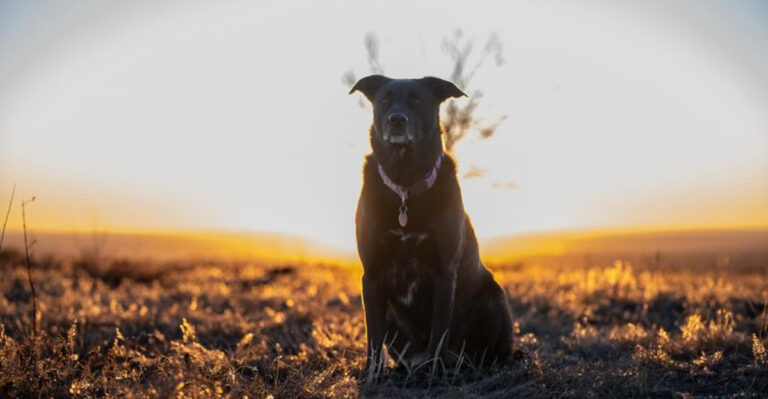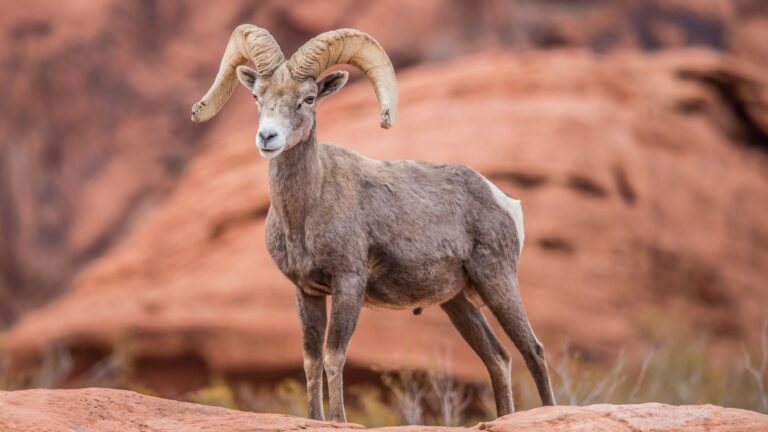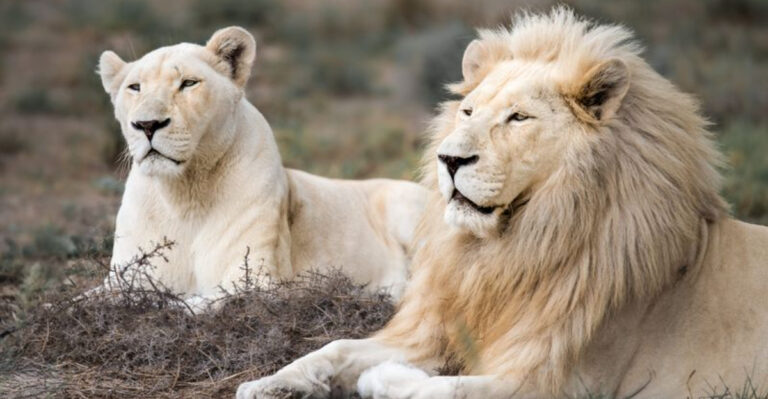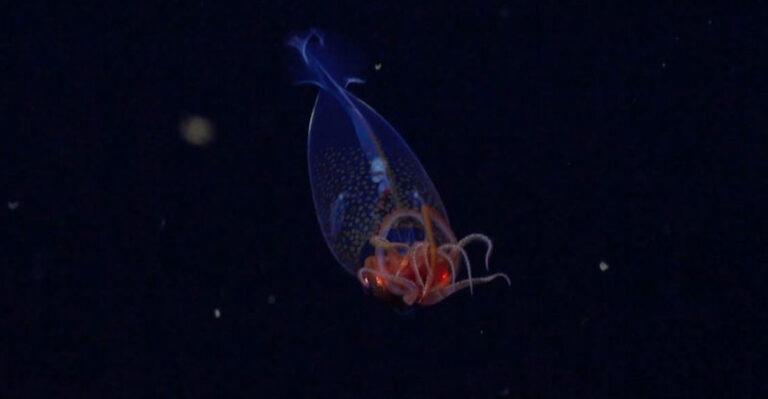Which Birdseed Attracts Which Birds? A Complete Feeding Guide
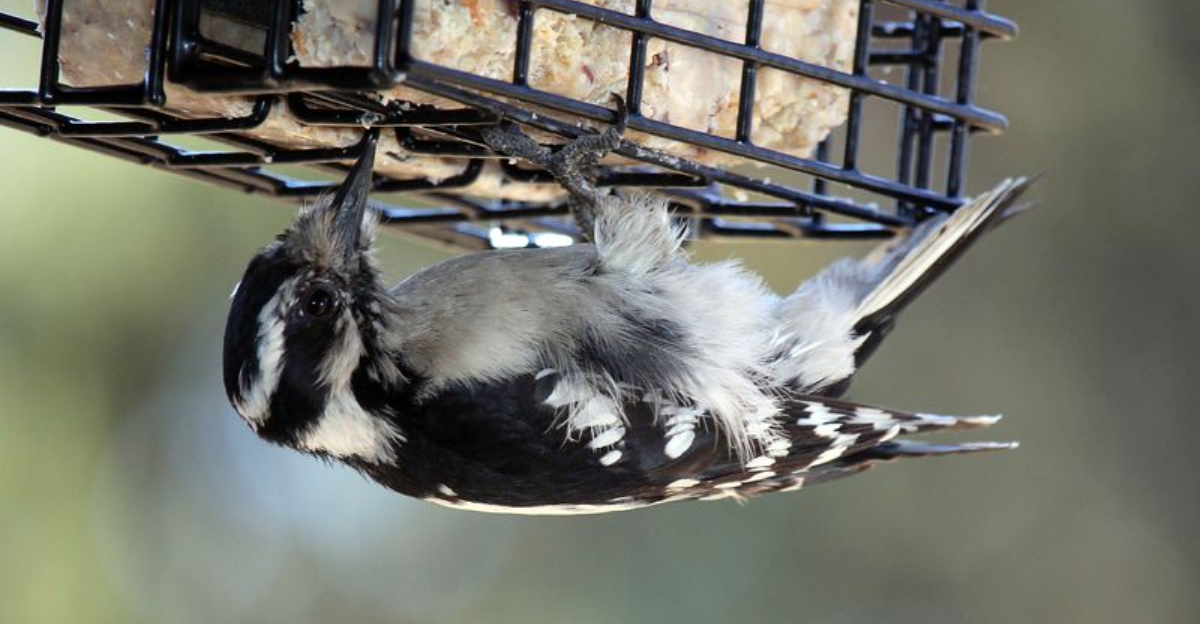
Feeding wild birds is a wonderful way to connect with nature right in your backyard. By offering the right seeds, you’ll attract a colorful variety of feathered visitors throughout the year.
Understanding which birdseed attracts specific birds helps create a bustling bird sanctuary and gives you the joy of watching different species up close.
1. Sunflower Seeds: A Favorite Of Many Birds
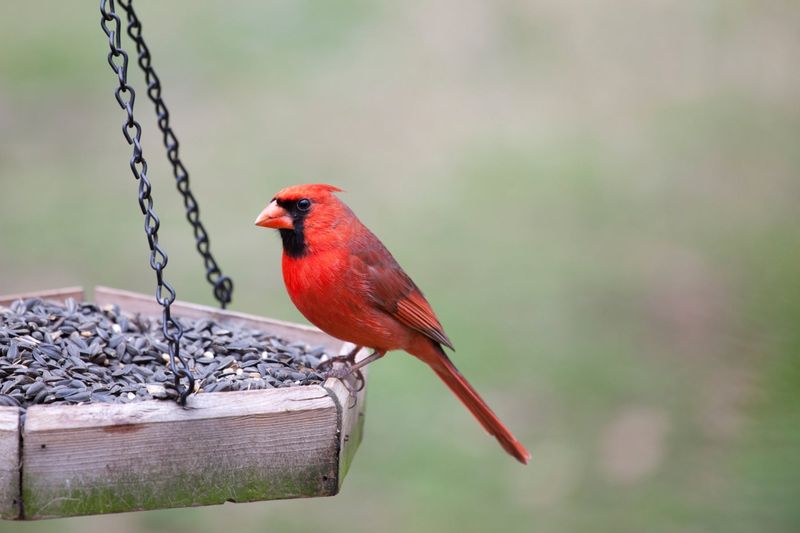
Black oil sunflower seeds reign supreme in the bird feeding world. Their thin shells make them easy to crack, even for smaller birds with delicate beaks.
Cardinals flash their bright red feathers while cracking these nutritious treats, while chickadees dart in and out to grab a seed. The high oil content provides essential energy, especially during cold winter months.
2. Nyjer (Thistle) Seeds: The Go-To Food For Finches
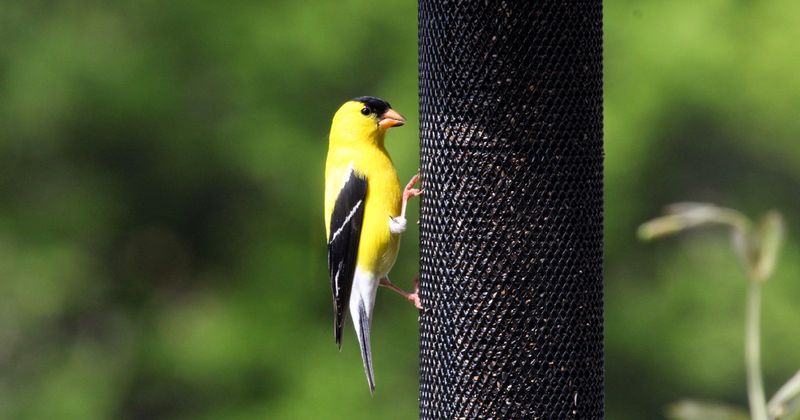
Tiny black Nyjer seeds might look unimpressive, but they’re goldfinch magnets! These small seeds require special feeders with tiny holes to prevent wastage.
Watching a flock of American Goldfinches in their bright yellow summer plumage crowd around a Nyjer feeder is a spectacular sight. Pine Siskins and Common Redpolls also flock to these high-fat seeds during winter.
3. Safflower Seeds: A Favorite For Cardinals And Sparrows

White, slightly bitter safflower seeds offer a secret weapon against squirrels and aggressive birds. Most squirrels dislike the taste, making these seeds perfect for feeders plagued by furry raiders.
Northern Cardinals adore safflower, creating stunning splashes of red against winter snow. House Finches and native sparrows also readily accept these nutritious, high-fat seeds in platform or tube feeders.
4. Peanuts: Great For Jays And Woodpeckers
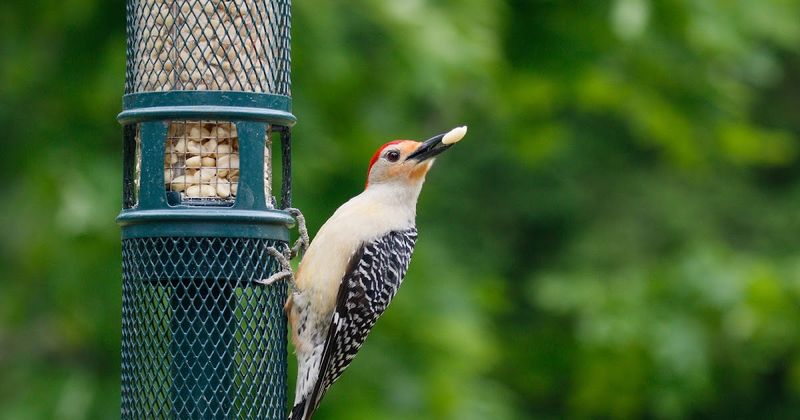
Raw, unsalted peanuts create excitement at any feeding station! Blue Jays announce their arrival with raucous calls before stuffing their throat pouches with multiple nuts.
Woodpeckers cling acrobatically to peanut feeders, using their strong bills to hammer open shells. Offer peanuts in mesh feeders or scatter shelled ones on platform feeders to attract nuthatches and titmice too.
5. Millet: A Popular Choice For Ground-Feeding Birds
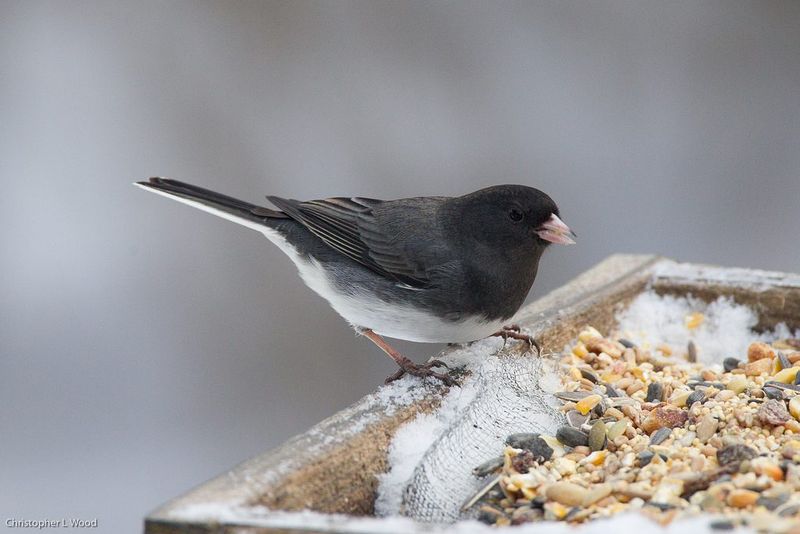
Small, round millet seeds scattered on the ground create a buffet for juncos, doves, and native sparrows. These ground-feeding specialists prefer foraging below feeders rather than perching above.
White millet works best – avoid cheap red millet found in some mixes. Mourning Doves coo softly while pecking up these tiny seeds, creating peaceful morning soundtracks in your yard.
6. Suet: A Winter Treat For Woodpeckers And Nuthatches
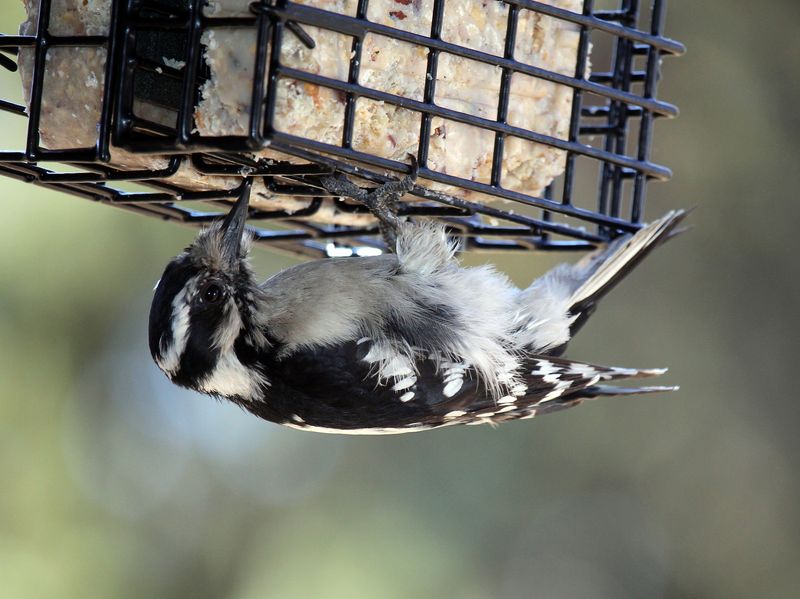
Rendered beef fat mixed with seeds creates irresistible suet cakes that fuel birds through freezing temperatures. Downy, Hairy, and Red-bellied Woodpeckers show off their climbing skills while clinging to suet cages.
Carolina Wrens and Black-capped Chickadees also love these high-energy treats. Commercial suet comes in various flavors, but plain seed-embedded versions attract the widest variety of winter birds.
7. Cracked Corn: Attracting Larger Birds Like Pigeons And Quail
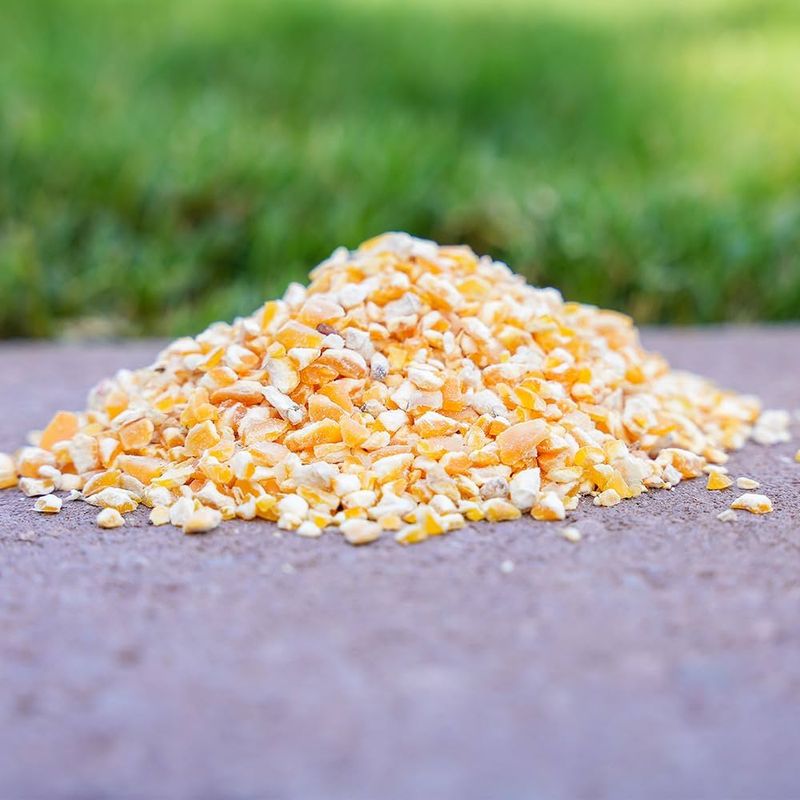
Coarsely cracked corn kernels appeal to larger ground-feeding birds that might otherwise ignore your feeders. Wild turkeys strut confidently to clean up scattered corn, while California Quail move in family groups called coveys.
Mourning Doves and pheasants also appreciate this inexpensive offering. Scatter corn on the ground away from other feeders to minimize mess and accommodate shy ground-dwellers.
8. Fruit And Berries: The Best Food For Robins And Thrushes

Fresh or dried fruits create a backyard bonanza for fruit-loving birds that typically ignore seed feeders. American Robins hop excitedly toward offerings of halved apples or oranges placed on platform feeders.
Cedar Waxwings travel in flocks seeking berries, their sleek crested profiles unmistakable. Offer raisins soaked in water, chopped apples, or commercial dried mealworms mixed with berries to attract these fruit specialists.
9. Mealworms: A Favorite For Bluebirds And Woodpeckers
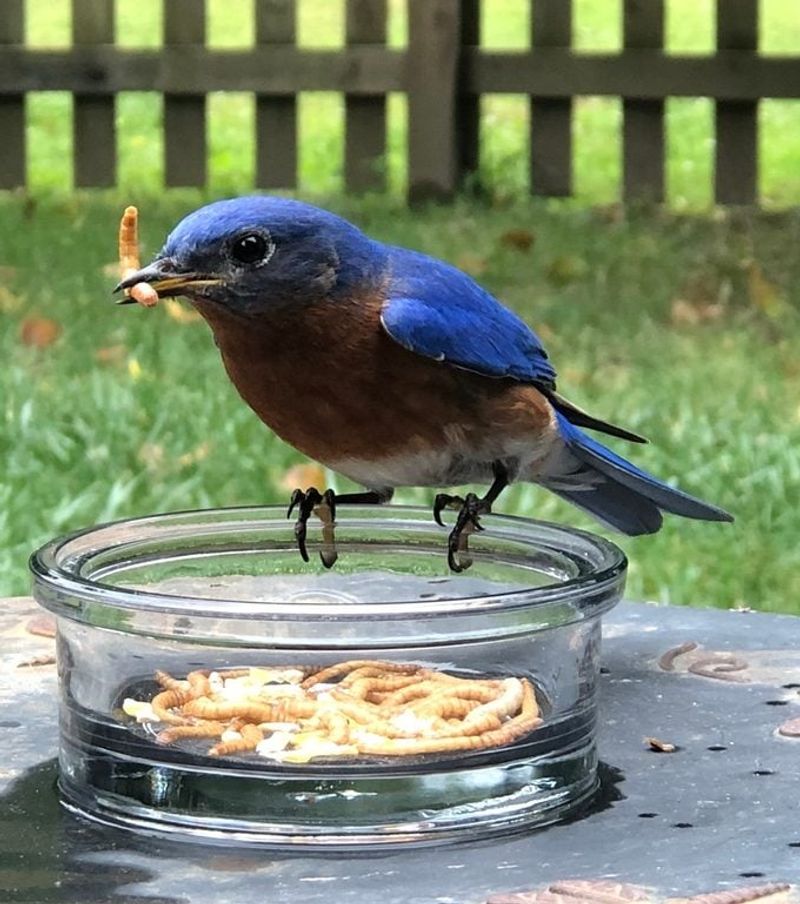
Live or dried mealworms provide crucial protein, especially during nesting season when birds need extra nutrition for growing chicks. Eastern Bluebirds recognize the sound of a mealworm container and may arrive within minutes!
Carolina Wrens dart nervously to grab these protein-packed treats. Offer mealworms in small dishes, specialized feeders, or mix dried ones with seed to attract insect-eating birds that otherwise bypass seed feeders.
10. Hummingbird Nectar: The Sweet Treat For Hummingbirds
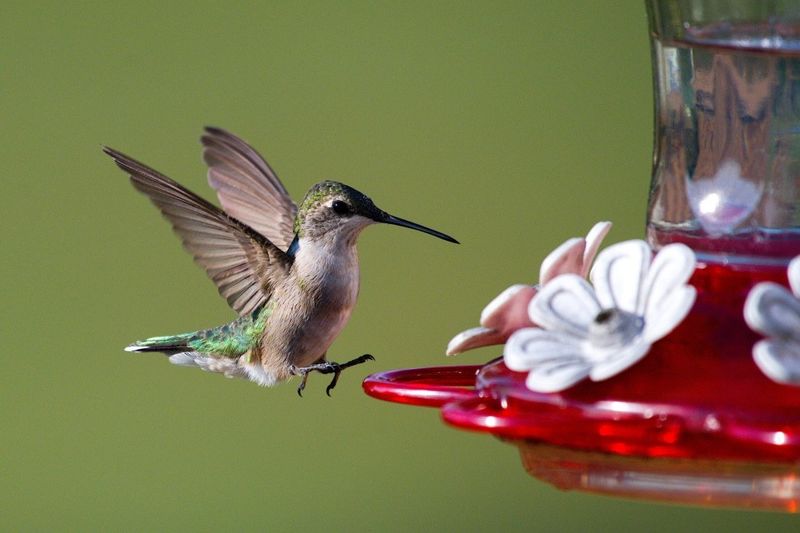
Simple homemade nectar (four parts water to one part white sugar) attracts jewel-like hummingbirds that dazzle with aerial acrobatics. Ruby-throated Hummingbirds hover delicately while sipping from specialized feeders with their long bills.
Never use honey, brown sugar, or red dye – these can harm these tiny birds! Clean feeders weekly in hot weather to prevent harmful mold growth that can sicken these beloved garden visitors.
11. Mixed Seed Blends: Attracting A Variety Of Birds
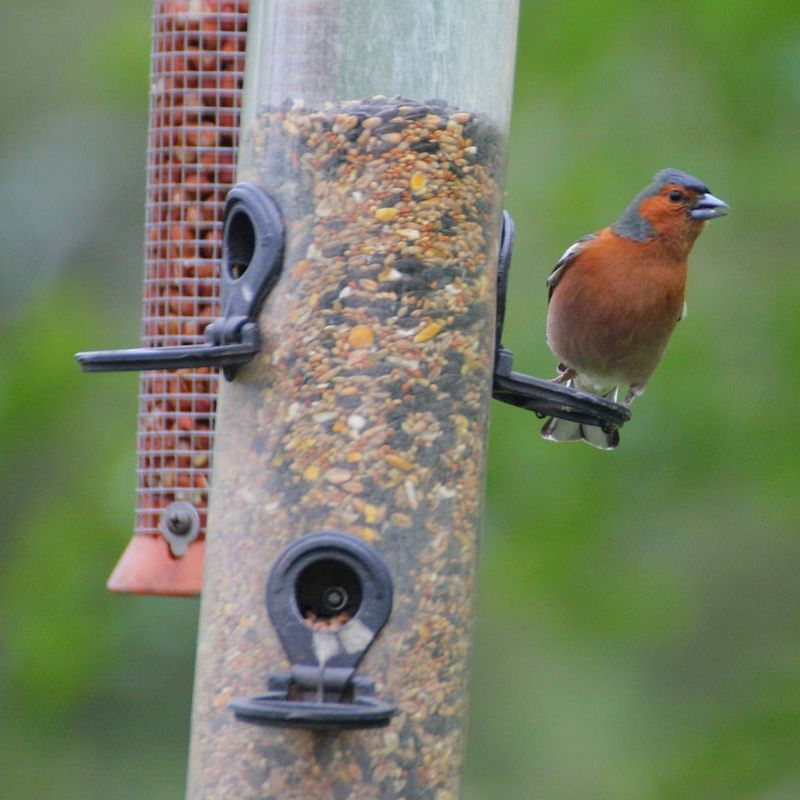
Quality seed blends offer convenience but check ingredients carefully! Avoid mixes containing mostly milo, wheat, or red millet – these fillers attract fewer desirable birds.
Good blends contain mostly sunflower seeds, peanut pieces, and white millet. House Finches, chickadees, and native sparrows readily visit feeders filled with quality mixes, creating bustling feeding stations with minimal effort.
12. Corn On The Cob: A Fun And Nutritious Food For Squirrels And Birds
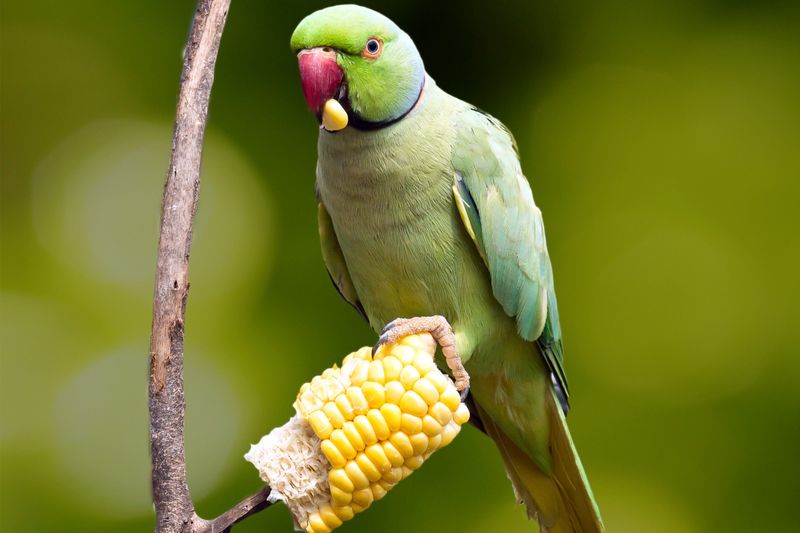
Whole dried corn cobs mounted on special feeders attract larger birds with powerful bills. Blue Jays and Red-bellied Woodpeckers pick kernels directly from the cob with impressive dexterity.
Offering corn cobs in dedicated squirrel feeders away from bird stations can reduce competition. Squirrels happily gnaw corn instead of raiding seed feeders, creating entertaining backyard wildlife shows for nature enthusiasts of all ages.
13. Birdseed Cakes And Cylinders: A Convenient Way To Attract Birds
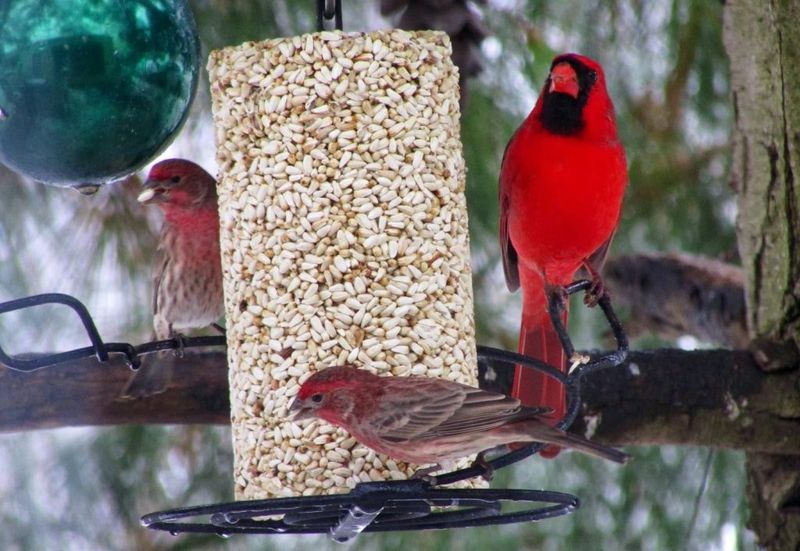
Compressed seed cakes combine seeds, nuts, and sometimes fruit in easy-to-use blocks or cylinders. Woodpeckers, nuthatches, and chickadees cling to these solid offerings, pecking out their favorite ingredients.
No-melt varieties work well in summer heat. Place these convenient feeding stations near windows for close-up viewing opportunities, especially during winter when birds appreciate reliable food sources during snowstorms.

